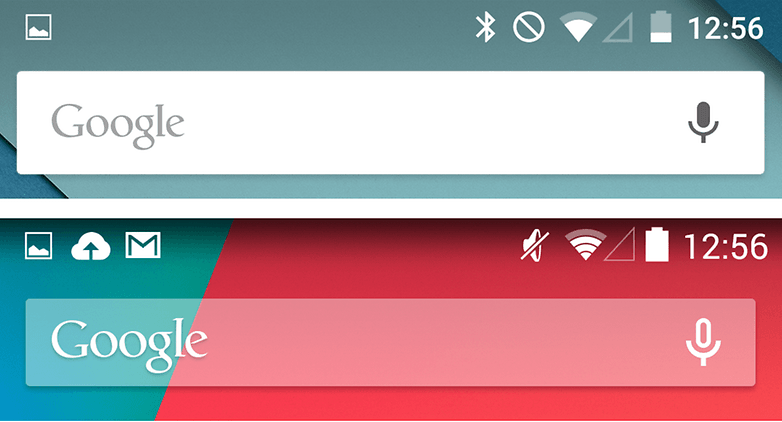c***lho, to suando frio aqui com a chegada da google store no brasil, vou meter o loco nesse pixel xl2 e no pixel buds.
Chega de importar! Google Store finalmente passa a funcionar no Brasil
Por
Wellington Arruda | 04 de Outubro de 2017 às 14h29
Se você curte o trabalho e os produtos da Google, certamente já deve ter sentido vontade de comprar algo oficial da empresa. O problema é que até agora ela não disponibilizava nada oficial em território brasileiro, mas isso está prestes a mudar graças ao anúncio desta quarta-feira (4) durante o
evento de lançamento de novos produtos da companhia.
Resumidamente, a Google vai vender oficialmente os seus produtos aqui no Brasil, além de outros países como México, Indonésia, Malásia, Filipinas e Tailândia. A loja da Google já está disponível nos Estados Unidos, Canadá, Reino Unido, Alemanha e outros.
Isso quer dizer, basicamente, que os usuários terão a oportunidade de comprar um hardware da Google direto da própria empresa. E isso inclui os smartphones da linha Pixel, ou então o Google Home — ou, quem sabe, a versão Mini que foi anunciada hoje.
A empresa diz que os novos países já terão disponibilidade de produtos de imediato, mas a loja online está fora do ar desde que o anúncio foi feito — provavelmente por causa do alto fluxo de acessos, ou porque o evento sequer foi encerrado.
Com isto, a Google Store finalmente poderá ser acessada e utilizada pelos consumidores brasileiros. A oportunidade é boa e também pode influenciar no mercado nacional, afinal de contas estamos falando de um "novo" grande player por aqui.
Enquanto a
página da Google Store não recebe novos produtos aqui no Brasil (apenas dois modelos de Chromecast estão disponíveis até o momento da redação desta notícia), nós já fizemos contato com a assessoria da empresa para confirmar quais produtos serão vendidos. Em breve atualizaremos este artigo.
 Hoje tem muita boa opção importada abaixo de 1000 reais, mas comprando aqui já dá aquela dor porque ta tudo superfaturado.
Hoje tem muita boa opção importada abaixo de 1000 reais, mas comprando aqui já dá aquela dor porque ta tudo superfaturado.





/cdn.vox-cdn.com/uploads/chorus_asset/file/9379009/jbareham_170922_2006_1005.jpg)
/cdn.vox-cdn.com/uploads/chorus_asset/file/9379019/dbohn_170927_2006_0002.jpg)
/cdn.vox-cdn.com/uploads/chorus_asset/file/9379021/jbareham_170922_2006_0610.jpg)

/cdn.vox-cdn.com/uploads/chorus_asset/file/9379029/jbareham_170922_2006_0960.jpg)
/cdn.vox-cdn.com/uploads/chorus_asset/file/9379023/jbareham_170922_2006_0992.jpg)
/cdn.vox-cdn.com/uploads/chorus_asset/file/9379015/jbareham_170922_2006_1038.jpg)
/cdn.vox-cdn.com/uploads/chorus_asset/file/9379017/jbareham_170922_2006_1066.jpg)
